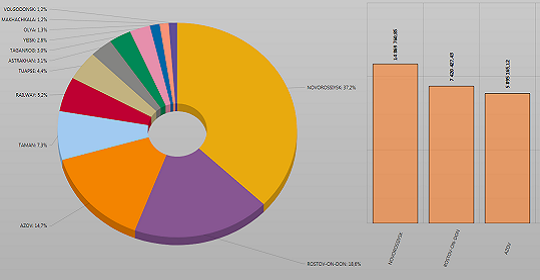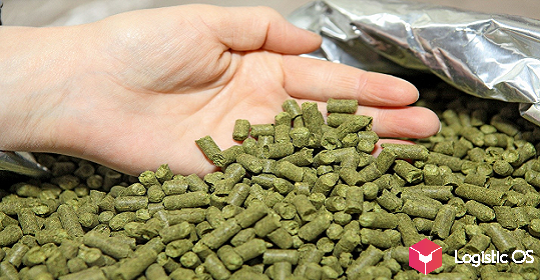Russian farmers plan to increase rice production, by 2030 its production should reach 2 million tons.
At the moment, about 1.1 million tons of rice are produced in the Russian Federation per year. However, farmers have ambitious plans to increase rice production to 2 million tons by 2030.
This fits into the framework of the presidential order to increase agricultural production by 2030 by 50% compared to the 2021 level.
To date, the main producer of rice in the country is the Krasnodar Territory. Currently, about 800 thousand tons of this crop are grown there annually, if we take the average figure for the past few years.
By 2030, the Krasnodar Territory plans to increase the volume of annual rice harvest to 1.3 million tons. To do this, it will be necessary to increase the area of crops to 150 thousand hectares.
«The Ministry of Agriculture has been tasked with increasing the volume and area of rice crops by 2030; in Krasnodar Krai it should be about 150 thousand hectares to obtain 1.3 million tons.
There are areas for this, rice systems need some improvement, all enterprises are prepared. Our task is to determine our capabilities,» notes Deputy Governor of the region Andrei Korobka.
So far, Krasnodar Krai accounts for the lion’s share of all rice grown in the Russian Federation — about 60%. However, other regions are also actively joining the cultivation of this crop. For example, these are the North Caucasus and Far Eastern Federal Districts.
At the same time, Krasnodar Krai is also going to expand rice production, including by launching a new hydroelectric complex.
Its construction is scheduled for completion in 2027, after which rice production may increase even more, as the sown area will increase.
At the same time, a number of experts believe that large-scale investments will be required to increase rice production in Kuban, which should be at least twice as high as the current ones.
Rice yields in Russia are already high, so we can only talk about extensive development.
But in the case of rice, it is more difficult than intensive, because it is necessary to put into operation tens of thousands of hectares of rice systems, which is not cheap at all, and in addition, a lot of water and a high-quality irrigation system are required.
As a result, we can conclude that the further development of rice growing will largely depend on the desire of the state and manufacturing companies to invest in this area, as well as on whether they have sufficient funds for such investments.

